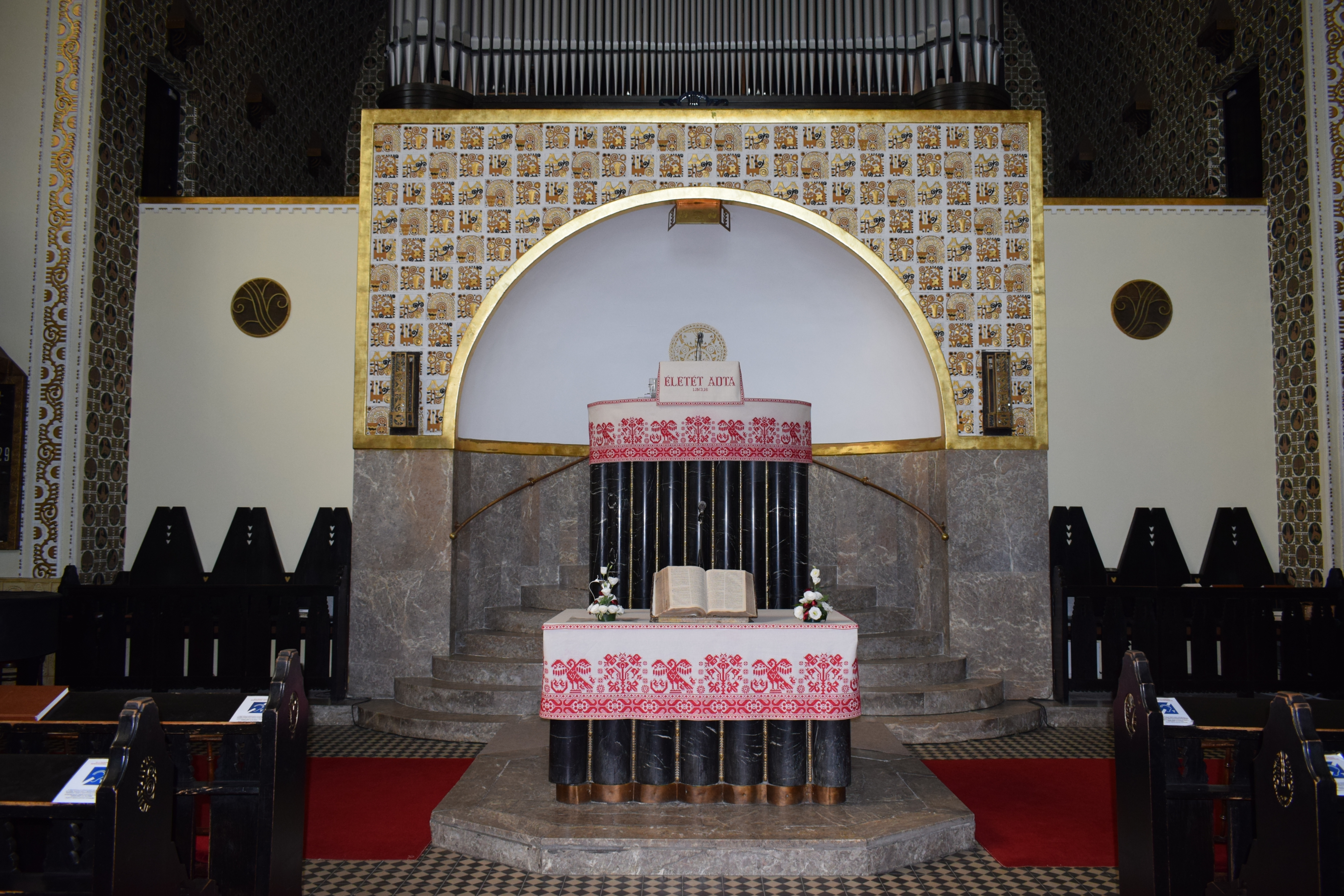Aladár Árkay on:
[Wikipedia]
[Google]
[Amazon]
 Aladár Árkay ( Temesvár, February 1, 1868 -
Aladár Árkay ( Temesvár, February 1, 1868 -
 Árkay gained his degree at the
Árkay gained his degree at the
 Aladár Árkay ( Temesvár, February 1, 1868 -
Aladár Árkay ( Temesvár, February 1, 1868 - Budapest
Budapest (, ; ) is the capital and most populous city of Hungary. It is the ninth-largest city in the European Union by population within city limits and the second-largest city on the Danube river; the city has an estimated population ...
, February 2, 1932) was a Hungarian architect, craftsman, and painter.Árkay AladárHungarian Electronic Library The Hungarian Electronic Library ( hu, Magyar Elektronikus Könyvtár) is one of the most significant text-archives of the Hungarian Web space showcasing a variety of primary and secondary sources. Contains thousands of full-text works in the humani ...
, retrieved 6 May 2012
Career
 Árkay gained his degree at the
Árkay gained his degree at the Budapest Technical University
The Budapest University of Technology and Economics ( hu, Budapesti Műszaki és Gazdaságtudományi Egyetem or in short ), official abbreviation BME, is the most significant university of technology in Hungary and is considered the world's oldes ...
where he studied under Ede Balló. Initially he worked in the firm of Fellner and Hellmer, then with Alajos Hauszmann
Alajos Hauszmann (also called as ''Alois'', June 9, 1847 – July 31, 1926) was a Hungarian architect, professor, and member of the Hungarian Academy of Sciences.
Life
Hauszmann was born in Buda in 1847 into a family of Bavarian origin as ...
in the works on Buda Castle
Buda Castle ( hu, Budavári Palota, german: link=no, Burgpalast) is the historical castle and palace complex of the Hungarian Kings in Budapest. It was first completed in 1265, although the massive Baroque palace today occupying most of the si ...
. Later he formed a partnership with his father-in-law, Mor Kallina, and together they were responsible for the Directorate of Defence building in the Castle district (1896, since destroyed), the Buda Vigadó hall in Corvin Square (1896–97) and the St Gellért Gellért may refer to:
People
* Christian Fürchtegott Gellert (1715–1769), German poet
* (born 1961), Danish children's book illustrator
* Hugo Gellert (1892–1985), Hungarian-American illustrator and muralist
* Imre Gellért (1888–1981), Hu ...
memorial on Gellért Hill
Gellért Hill ( hu, Gellért-hegy; german: Blocksberg; la, Mons Sancti Gerhardi tr, Gürz İlyas Bayırı) is a high hill overlooking the Danube in Budapest, Hungary. It is located in the 1st and the 11th districts. The hill was named after ...
(1904–05). Initially working in the eclectic style
Eclecticism is a kind of mixed style in the fine arts: "the borrowing of a variety of styles from different sources and combining them" . Significantly, Eclecticism hardly ever constituted a specific style in art: it is characterized by the fact th ...
, as his career developed he worked in more modern forms such as secessionism
Secession is the withdrawal of a group from a larger entity, especially a political entity, but also from any organization, union or military alliance. Some of the most famous and significant secessions have been: the former Soviet republics lea ...
and modernism
Modernism is both a philosophy, philosophical and arts movement that arose from broad transformations in Western world, Western society during the late 19th and early 20th centuries. The movement reflected a desire for the creation of new fo ...
. His first major independently completed work was the Babocsay villa, which later became the Yugoslav embassy, in district VI of Budapest (1905). He also worked on many church projects, the most significant of these being the Fasori Reformed Church in Budapest and the Győr
Győr ( , ; german: Raab, links=no; names of European cities in different languages: E-H#G, names in other languages) is the main city of northwest Hungary, the capital of Győr-Moson-Sopron County and Western Transdanubia, Western Transdanubia ...
factory district's Catholic church, both completed during the late 1920s. He took part and won numerous competitions such as that for the Győr theatre (1929) and the planning of Erzsébet avenue in the capital. He was in the process of planning his magnum opus, the Városmajor Catholic church in Budapest, when he died. It was finished by his son Bertalan, also an architect.
Other works
*Bulgarian Orthodox Church,Ferencváros
Ferencváros () is the 9th district of Budapest ( hu, Budapest IX. kerülete), Hungary.
Name
The southern suburb of Pest was named after King Francis I on 4 December 1792 when he was crowned king of Hungary.
History
The development of Fe ...
(Budapest
Budapest (, ; ) is the capital and most populous city of Hungary. It is the ninth-largest city in the European Union by population within city limits and the second-largest city on the Danube river; the city has an estimated population ...
)
*Catholic Memorial Church, Mohács
Mohács (; Croatian and Bunjevac: ''Mohač''; german: Mohatsch; sr, Мохач; tr, Mohaç) is a town in Baranya County, Hungary, on the right bank of the Danube.
Etymology
The name probably comes from the Slavic ''*Mъchačь'',''*Mocháč'': ...
*Platzgestaltung und Bebauung des Calvin-Platzes in Budapest (Mitarbeit Oskar Schober Mai 1912-Feber 1913)
*Neues Nationaltheather in Budapest Wettbewerb (Mitarbeit Oskar Schober Mai 1912-Feber 1913) nicht realisiert
*Wohn- u. Warenhaus mit einem Kinotheater für 650 Personen in Budapest (Mitarbeit Oskar Schober Mai 1912-Feber 1913)
*Grabdenkmäler u. Ausstellungshallen in Budapest (Mitarbeit Oskar Schober Mai 1912 - Feber 1913)
References
External links
1868 births 1932 deaths Architects from Timișoara Hungarian architects {{Hungary-architect-stub